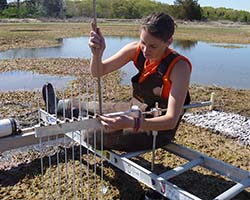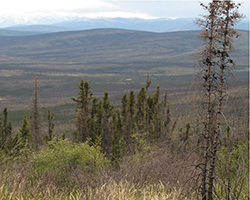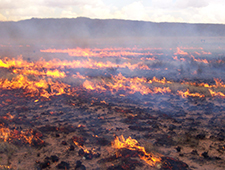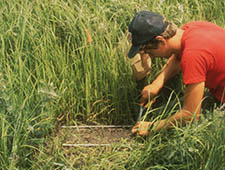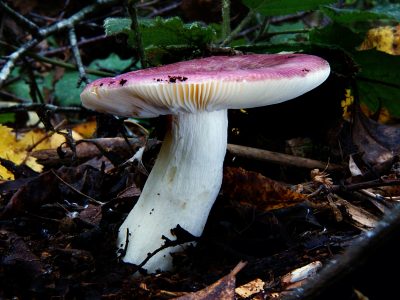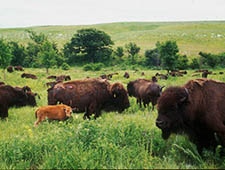Glacial Melt Drives Primary Production in Antarctic Dry Valley Lakes
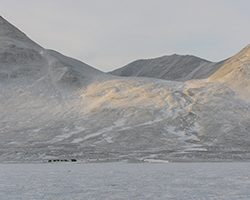
The ice-covered lakes in the McMurdo Dry Valleys, a polar desert, rely on glacial melt for almost all their inputs. A recent study of Lake Fryxell suggests that in this environment even small changes in climate can impact biological productivity in the lake.

